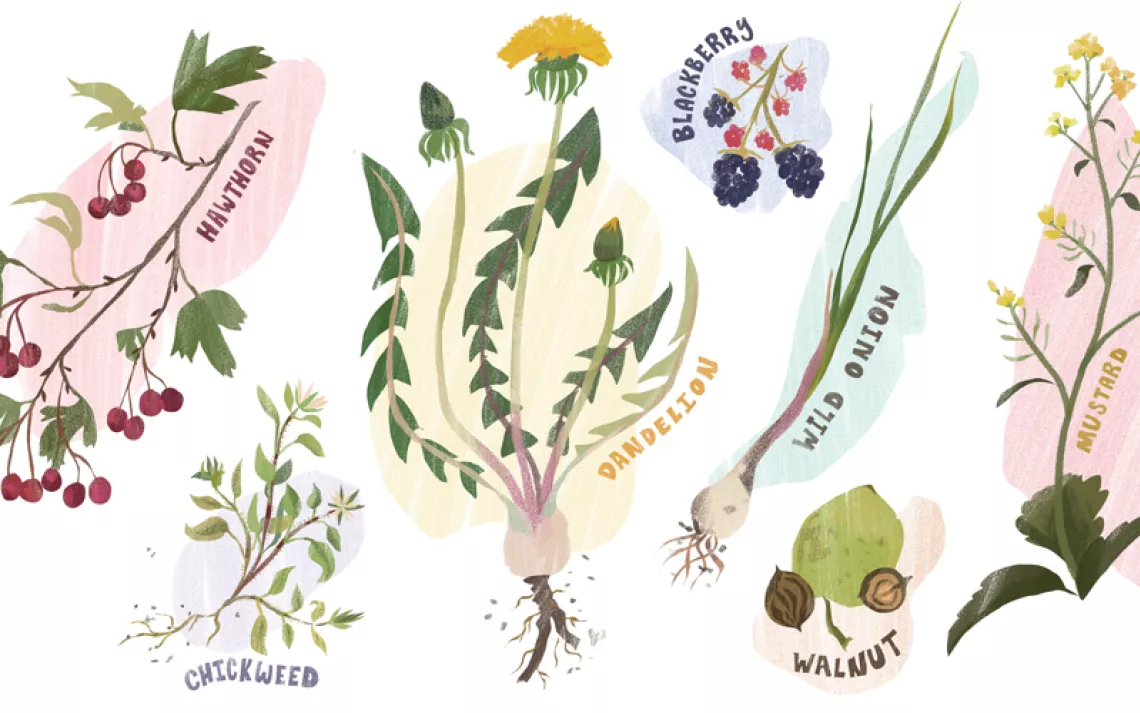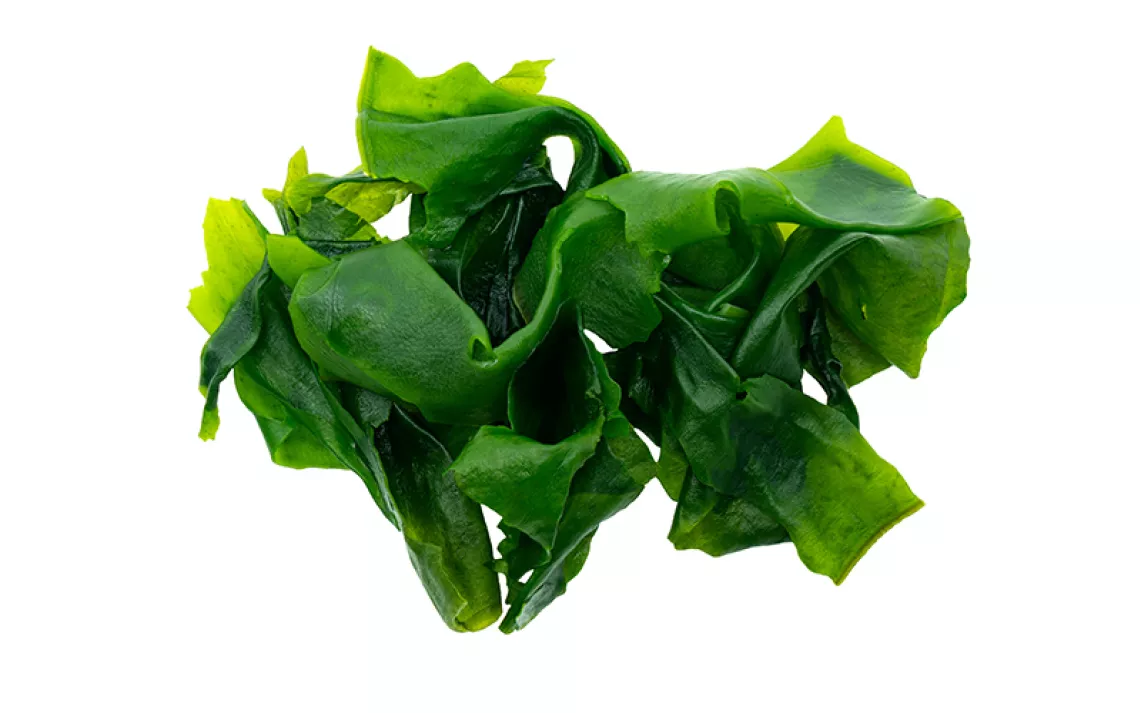Now You Can Compost Human Bodies Too
Washington State burial facilities pioneer the latest eco-burial method
At Herland Forest, a cemetery and research cooperative in Washington State, steward Walt Patrick and his permaculture team have been composting the remains of deceased sheep and goats who lived in the forest for the past three decades. In December, they composted another large mammal in Herland’s natural burial forest, situated at the slope of Mt. Adams: a Homo sapiens.
Human composting—also known as natural organic reduction (NOR)—has emerged as an eco-friendly alternative to traditional methods of burial and cremation, which tend to be environmentally destructive and pricey. During the NOR process, a corpse’s remains—not unlike your banana peels and coffee grounds—are broken down in a cylinder alongside organic materials like wood chips and straw. Meaning that within months, your loved one can become soil for your garden. In May 2019, Washington became the first state to legalize NOR.
Despite its enthusiastic acceptance within the green funeral community, human composting has attracted its share of controversy. The Catholic Church, for instance, has denounced NOR as disrespectful and instead encourages its members to opt for traditional burial—echoing the church's initial attitude toward cremation (which it recently deemed acceptable).
For some families, the concept indeed elicits shock and bewilderment, says Elizabeth Fournier, a natural burial advocate and the owner and undertaker of Cornerstone Funeral Services in Boring, Oregon. Fournier, who traveled to Herland Forest last month to assist with its first NOR procedure, says that when it comes to relatively novel processes, it’s up to burial facilities to lay out the step-by-step details.
“Some people think, ‘Oh my gosh, you’re composting Grandma. What does that mean?’” Fournier says. “We really want to be specific in saying, ‘Look how easy this is.’”
Here’s how NOR works: For a period spanning several days or weeks (Patrick says they’re still experimenting with the timing factor at Herland), a cylinder containing the corpse is periodically rotated to disperse the oxygen within to aid in the decomposition process. Herland Forest also mixes in a blend of fungi, protozoa, and bacteria to accelerate the breakdown of remains. It’s crucial to keep the cylinder interior between around 130 and 160 degrees Fahrenheit, which is the optimal temperature range for safe and efficient composting, whether we’re talking melon rinds or human bodies. At Herland Forest, solar panels keep the remains warm, and occasional infusions of oxygen feed the organisms munching inside.
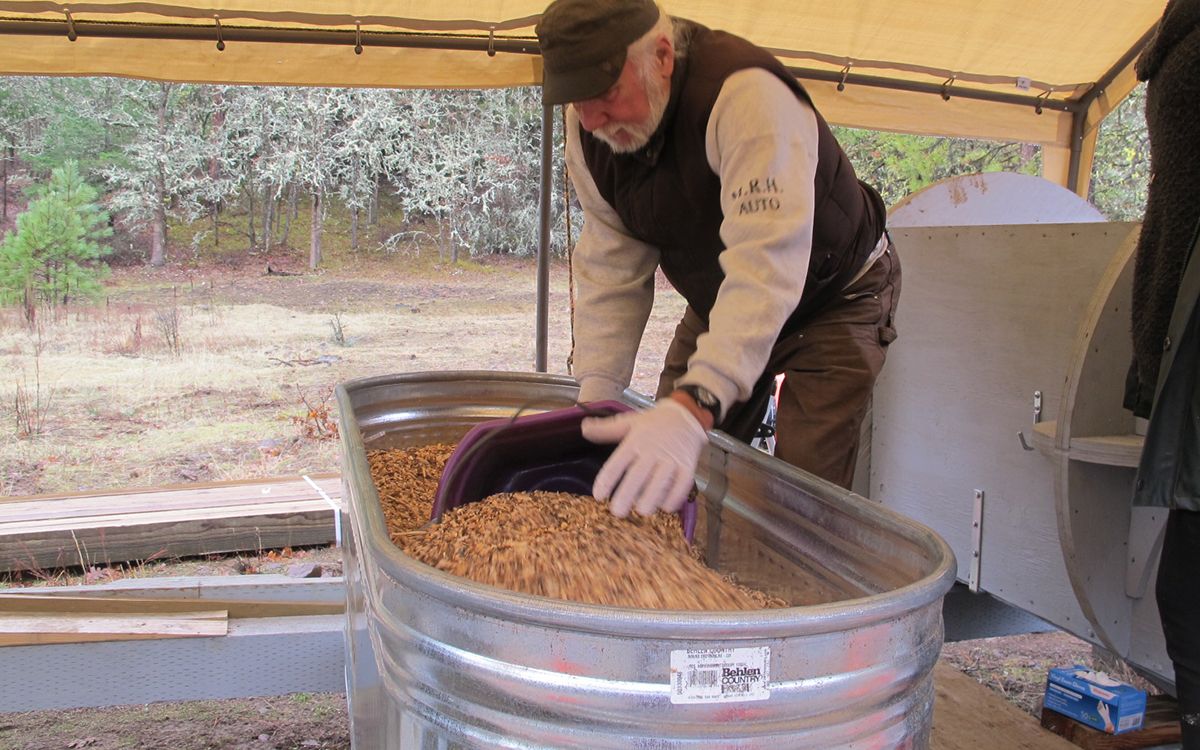
Herland Forest steward Walt Patrick scoops up wood chips to add to the natural organic reduction (NOR) vessel, where the human remains will gradually decompose with the help of fungi, protozoa, and bacteria. | Photo by Sofia Fournier Potts
Specific NOR techniques vary by facility. In Washington’s growing NOR market, Herland Forest and Recompose, a Seattle-area composting corporation, offer up two distinct options for the compost curious. While the nonprofit Herland Forest’s NOR process relies on manpower and operates entirely outdoors in the thick of its trees, Recompose operates out of a 4,000-square-foot warehouse that opened last month (scaled down, due to COVID-19-induced economic troubles, from an original plan of 18,500 square feet) wherein composting “vessels” are constantly monitored by proprietary technology. On December 20, both Herland Forest and Recompose prepared their first remains for the NOR process in their respective locations (Patrick says the timing there is pure coincidence).
Recompose evolved out of urban designer/entrepreneur/death care advocate Katrina Spade’s 2014 venture, the Urban Death Project, which envisioned a “hybrid public park, funeral home, and memorial space” within city neighborhoods.
Spade’s composting model aimed to disrupt the $20 billion US funeral service industry, which carries significant environmental and fiscal costs: Take cremation, which releases large amounts of carbon dioxide and mercury into the atmosphere. Embalming requires more than 800,000 gallons of toxic fluid annually. To pay for funerals, families typically shell out between $8,000 and $10,000. NOR, however, costs between $2,500 and $5,500. In addition to its comparatively low price tag, NOR is far less resource-intensive than other internment options.
To formulate her NOR method, Spade worked with a team at Washington State University that analyzes and builds methodology based on farmers’ animal composting wisdom. Patrick, a trained chemist, arrived at a similar process through his own experience decomposing farm creatures that once provided milk and fertilized soil within Herland Forest.
But as Patrick has recently learned, composting human remains presents a unique dilemma: Unlike critters, people may come with mercury-emitting dental fillings and artificial joints. “There’s nothing novel about composting large mammals, and it’s completely evolved with developing technology,” Patrick says. “The challenge has to do with . . . all the hardware that humans have.”
In 2018, Recompose sponsored a Washington State University research project studying six human composting subjects. The study was never in fact published, yet the company claims the resulting soil contained acceptable levels of potentially hazardous materials like metals, arsenic, and pharmaceutical drugs. While the composting process itself does away with most toxins, Recompose removes “non-organics” like hip replacements from the compost through hand sorting.
Patrick, who also filters remains at Herland Forest, compares the process to wine-making: After initial decomposition in the cylinder, the human compost passes through a screen to remove inorganic materials for the final “aging” phase in an open-top 55-gallon drum. Patrick says he proceeds cautiously and cannot yet provide an exact timeframe for the full compost cycle because, unlike Recompose, he wasn’t able to experiment with human remains before NOR’s legalization. (Herland Forest tried to test out the process with roadkill deer—but the state didn’t let them.)
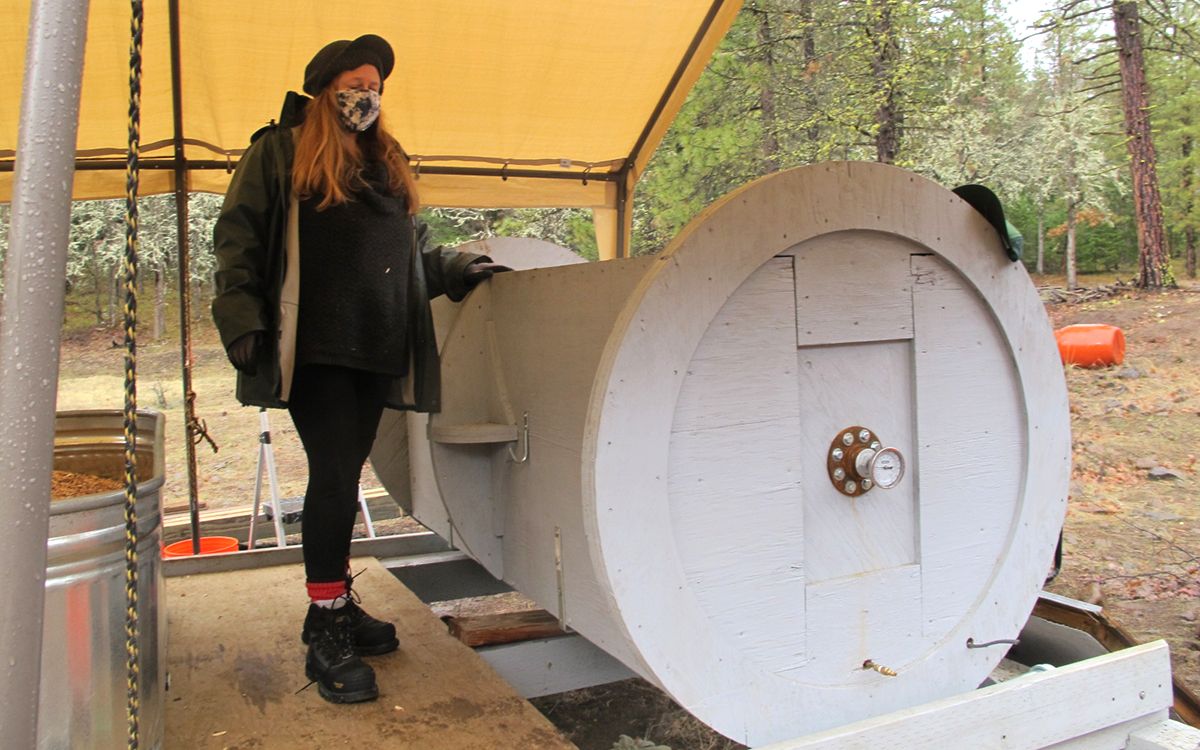
Elizabeth Fournier, a natural-burial advocate and the owner and undertaker of Cornerstone Funeral Services in Boring, Oregon, helped with the cemetery's first human compost procedure (NOR requires a licensed funeral director to transport the body). | Photo by Sofia Fournier Potts
Bones also pose a challenge. Like the bones of goats and sheep, the human skeleton won’t quickly break down into the soil. Recompose staffers “blend” the material throughout the process to soften bones and teeth, they told Sierra, but could not elaborate on their patented system. At Herland Forest, bones eventually deteriorate in the high-temperature cylinder. Any lingering skeletal structures can be picked out and crushed by hand.
Patrick’s ultimate goal is to place the remains under a thriving tree surrounded by 20 acres of Cascadian wilderness—a place where Herland Forest also performs casket-free burials. Visitors can even plant flowers on the grave and pick a few when stopping by. Recompose clients can also find a home in nature by donating their remaining soil to Bells Mountain conservation forest in southern Washington, about a three-hour drive from the company’s warehouse in Kent.
Urban NOR centers like Recompose may prove convenient for city dwellers who live hours away from serene woodlands, but the back-and-forth transport of supplies and remains could compromise the overall sustainability factor. “The whole concept of hauling the forest to the city, creating compost, and then hauling the compost back to the forest seems really hard to make sense in my mind,” Patrick says.
As more states attempt to legalize human composting—bills in California, Colorado, and New York have struggled due to COVID-19-related budget shortfalls, as well as religious objections—Patrick recommends that providers minimize the distance between NOR operations and people’s final resting places. “You can plant the soil in your own yard, regardless of state, because [at that point] it’s no longer considered a human form,” Fournier points out.
Now, the country will observe as Washington State works out the kinks in the latest earth-friendly burial approach. Patrick says interest in Herland Forest’s NOR service is growing gradually, but that business will of course depend on when potential clients pass away. The recipient of Herland Forest’s first NOR “investment” was a former forest mycologist whose family felt the method was best for him, Patrick says. Recompose has already begun working with nine bodies (many of whom were nature lovers too) in its 10-vessel facility and offers a prepayment program for future proceedings; more than 400 people have signed up so far, the company said in an email.
Fournier expects the NOR industry to ramp up as more Baby Boomers increasingly arrange their burial options—a trend that coincides with the growth of the sustainable funeral industry. Now, it’s up to lawmakers to accommodate the rising demand and modify obstacles that hinder greener and cheaper burials, like mandates for large endowment funds. And some states force families to embalm or refrigerate bodies within 24 hours of death, which could pressure families out of an eco-friendly arrangement.
“Let’s allow families to have all the choices possible and do what they need, because death is so hard,” Fournier says. “As a mortician, if I can help anybody find any peace with getting the method that works best for them regardless of what it is, that’s great.”
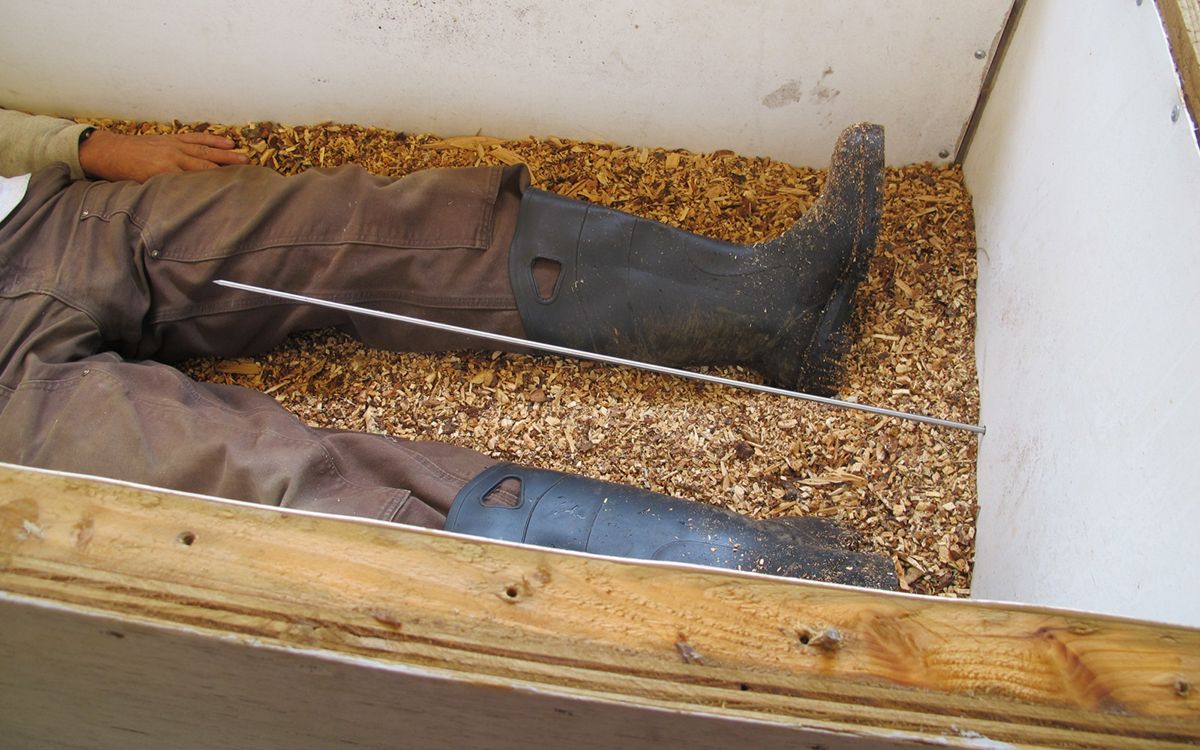
Walt Patrick (who is alive!) lies in the human composting cylinder to demonstrate its size—it can accommodate people up to 6'6" in height. | Photo by Sofia Fournier Potts
 The Magazine of The Sierra Club
The Magazine of The Sierra Club



